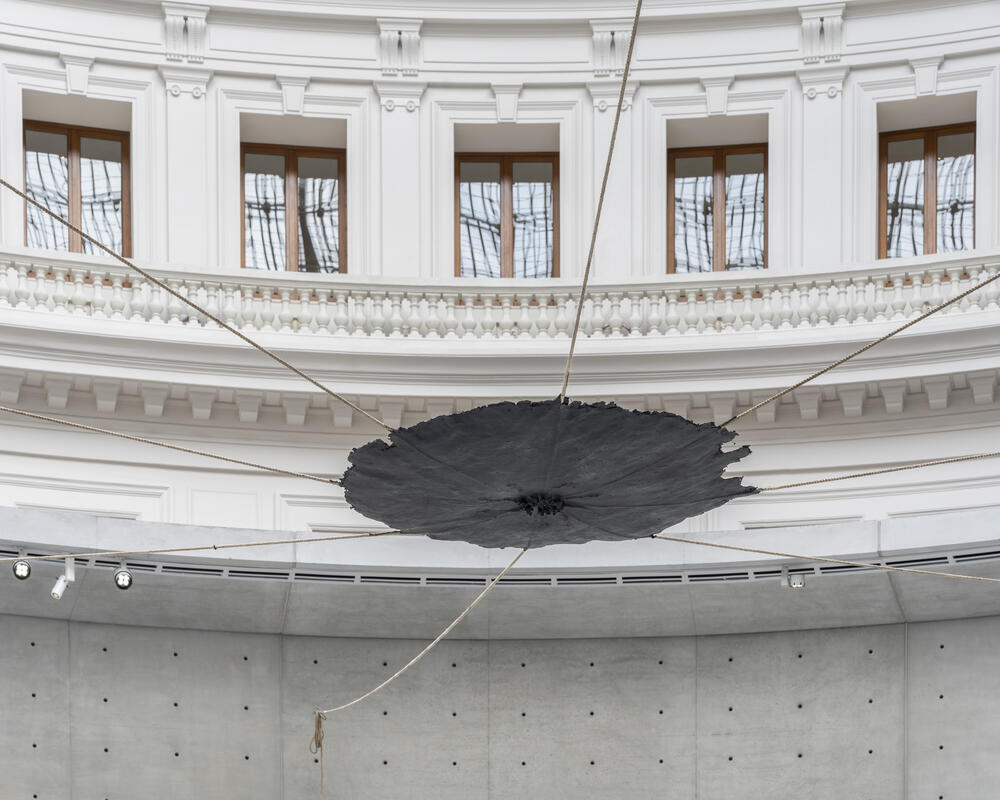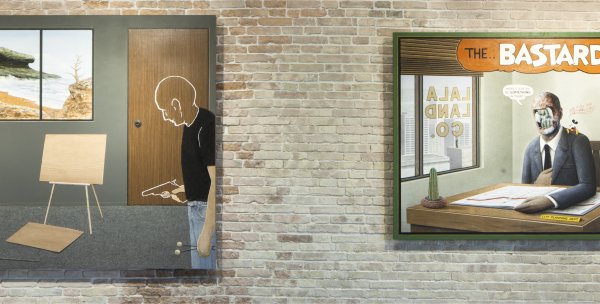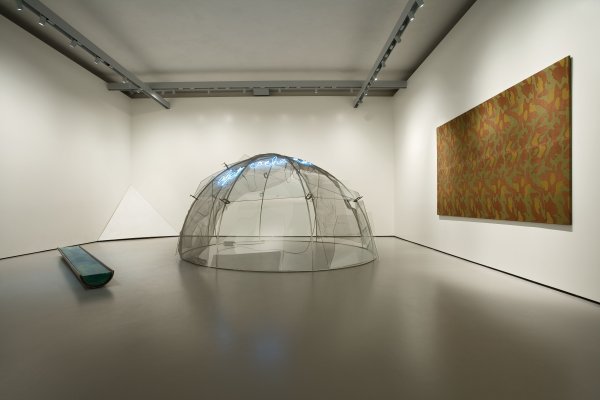Gilberto
Zorio
Gilberto
Zorio
Zorio
Italian, born in 1944
A leading figure of Arte Povera, an artistic movement that emerged in Italy in the late 1960s and focused on the creative process rather than the finished artwork, Gilberto Zorio has left his mark on the history of Italian art in the 20th century. His oeuvre, which comprises sculptures, paintings and performances, expresses his interest in natural processes, alchemical transformation and the concept of energy.
Gilberto Zorio considers that a work of art offers a temporal, active experience and is part of human activities. The materials are thus vehicles for action. The artist is keen to establish relationships between seemingly unrelated elements, such as electric light and fluids (acids, alcohol, water). The resulting artworks are chemically unstable and thus constantly changing.
Rosa-blu-rosa (1967), a reinforced concrete half-cylinder containing cobalt chloride held in the Pinault Collection, is testament to the artist's research. It was first exhibited in Where Are We Going? at Palazzo Grassi in Venice, in 2006.
Gilberto Zorio considers that a work of art offers a temporal, active experience and is part of human activities. The materials are thus vehicles for action. The artist is keen to establish relationships between seemingly unrelated elements, such as electric light and fluids (acids, alcohol, water). The resulting artworks are chemically unstable and thus constantly changing.
Rosa-blu-rosa (1967), a reinforced concrete half-cylinder containing cobalt chloride held in the Pinault Collection, is testament to the artist's research. It was first exhibited in Where Are We Going? at Palazzo Grassi in Venice, in 2006.




